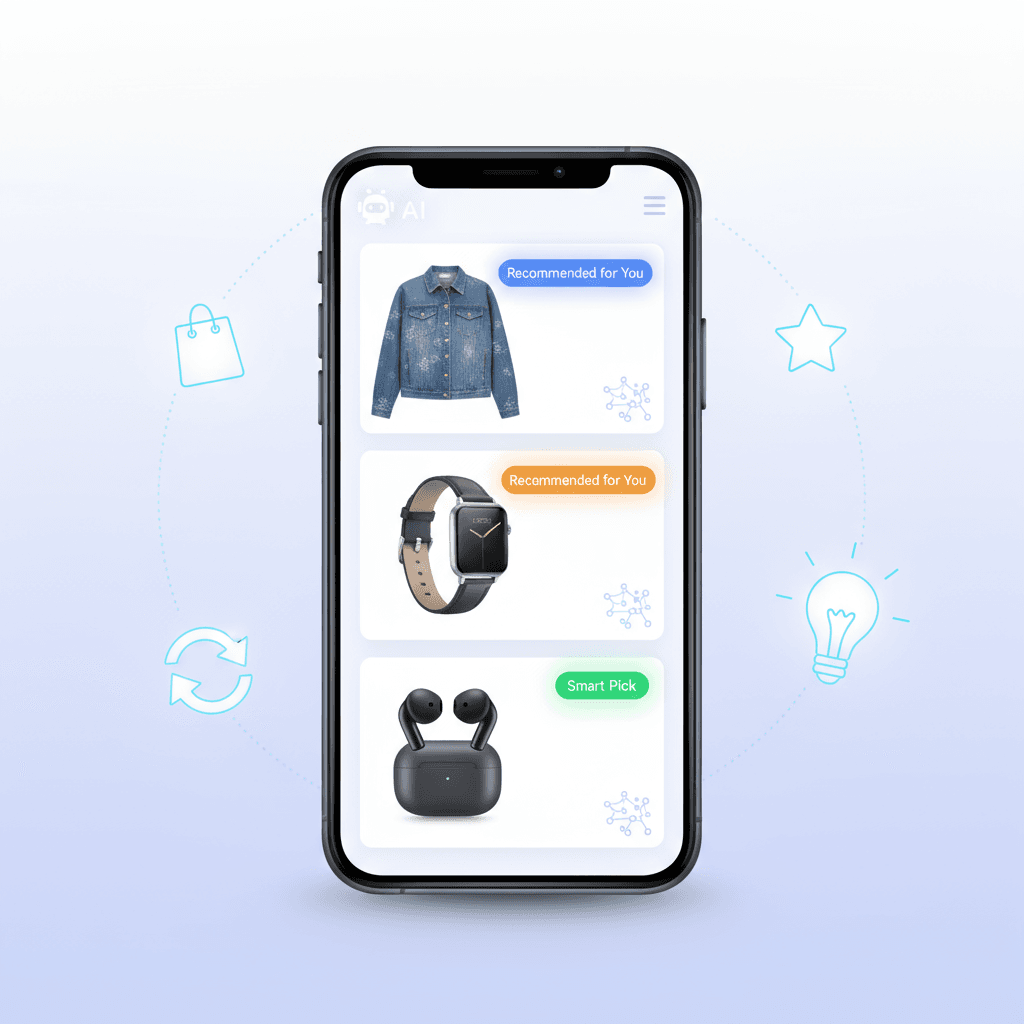AI Shopping App Case Study: Winning with Smart Tech
Shopping Apps vs E-Commerce Sites: Which One to Choose?
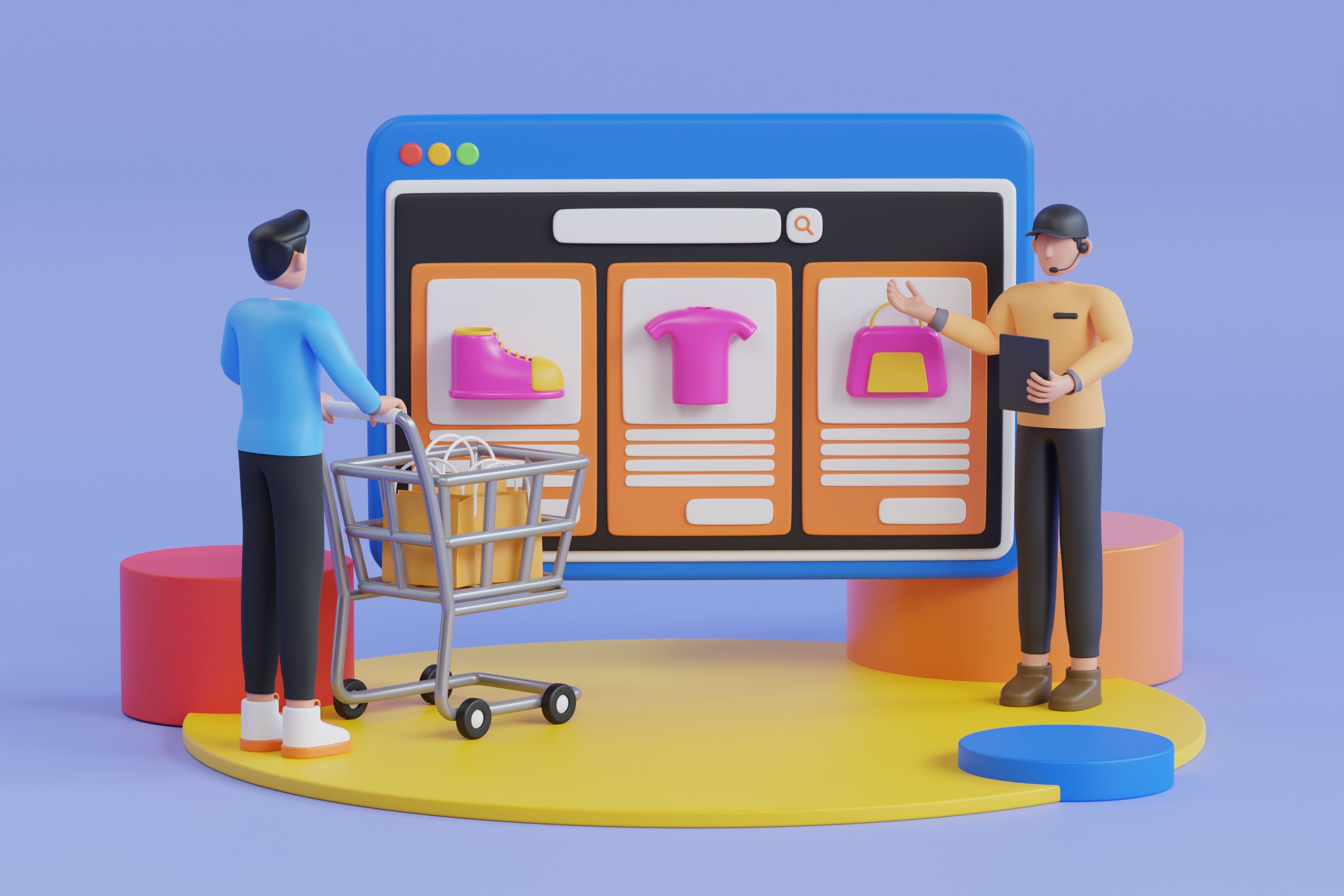

TL;DR:
Shopping apps and e-commerce sites are both key channels for online shopping in India. Apps offer higher engagement, personalisation, and repeat purchase potential, making them ideal for loyal, frequent shoppers. E-commerce sites are more accessible, flexible, and cost-effective, perfect for first-time buyers and casual shopping. The best approach for most Indian shoppers and businesses? Use both: websites for reach and apps for retention, conversion, and loyalty.
The Indian online shopping landscape has changed dramatically over the past decade. From metro cities to tier-2 towns, shoppers are embracing digital platforms to buy clothes, gadgets, groceries, and more. But in this fast-growing space, two terms often come up: shopping apps and e-commerce sites.
Many users, and even small businesses, get confused: what’s the difference? Which one should you use to shop or sell? Understanding this distinction is crucial for making smarter shopping decisions or building a successful online business.
In this blog, we’ll dive deep into shopping apps vs e-commerce sites, exploring their pros, cons, engagement patterns, cost implications, and suitability for Indian users.
What Are Shopping Apps and E-Commerce Sites?
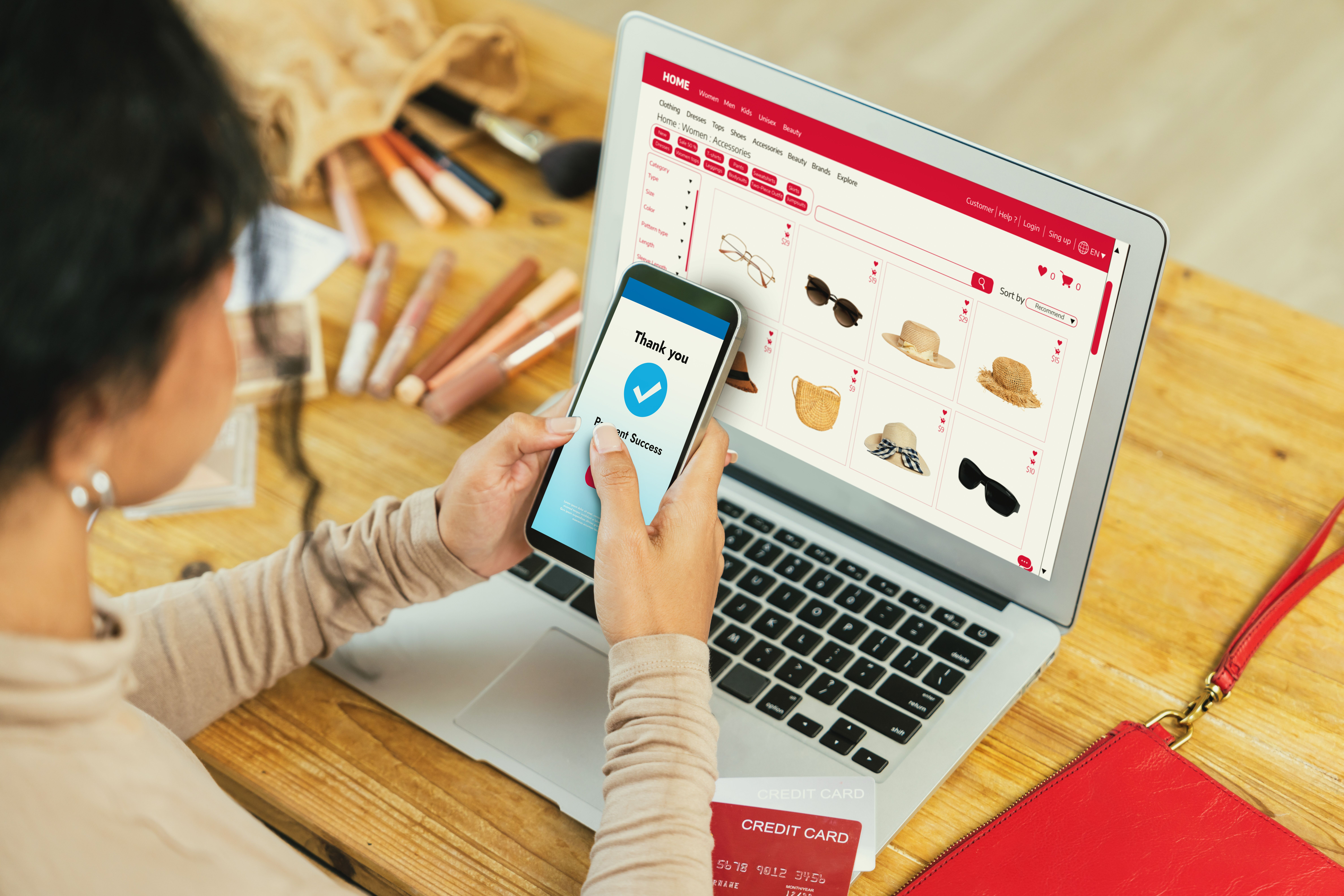
Before comparing them, let’s define the terms clearly:
Shopping Apps:
Mobile applications are downloaded onto your phone. Popular examples in India include Myntra, Flipkart, Ajio, and Amazon Shopping. Apps offer personalized recommendations, saved addresses, multiple payment options, push notifications, and easy repeat orders.
E-Commerce Sites:
Websites are accessed through a browser on a desktop or mobile. Examples include Amazon.in, Flipkart.com, and Ajio.com. Sites are accessible without downloads and often serve as the first point of contact for new users.
In short, apps live on your phone, while sites live on the internet. Both sell the same products, but the user experience and engagement differ significantly.
Did you know? As of 2025, there are over 28 million online stores globally, marking a 2.9% increase from 2024. This means that, on average, about 2,162 new e-commerce sites were launched every day between 2024 and 2025.
Shopping Apps vs E-Commerce Sites: Key Differences
Feature | Shopping Apps | E-Commerce Sites |
Installation | Requires download from App Store/Play Store | No installation needed |
Accessibility | Limited to mobile devices with storage space | Accessible on any device with a browser |
User Engagement | High: push notifications, saved preferences, faster checkouts | Moderate: dependent on browser and session time |
Personalization | Strong: AI-based recommendations, saved history, wishlists | Limited: mostly based on browsing cookies |
Time Spent | ~200 minutes per month | ~10 minutes per month |
Product Views | 4.2x higher per session | Baseline |
Conversion Rate | 3x higher due to saved payment data and ease of checkout | Lower; users often abandon carts |
Cost to Business | High: separate iOS/Android builds, updates, marketing | Lower: one website works for all devices |
Flexibility & Scalability | Moderate; requires updates for new features | High; easier to expand catalogues and markets |
Key takeaway: Shopping apps excel in engagement and repeat purchases, while e-commerce sites offer wide reach and cost efficiency. Glance AI-powered shopping app complements online shopping habits by helping users understand what styles to look for, making app exploration more efficient.
User Experience: Why Apps Feel Stickier
Shopping apps are designed to keep users engaged. They offer:
- Push notifications about sales, deals, and new arrivals.
- Saved preferences and addresses for faster checkout.
- Offline access for browsing previously viewed products.
In India, apps also support regional languages like Hindi, Tamil, and Telugu, making shopping feel personal and localised. Users often spend 4x more time browsing products on apps than on sites, and are more likely to return for repeat purchases.
E-commerce sites, on the other hand, are more about discovery and accessibility. You don’t need to download anything, making them perfect for first-time shoppers or users browsing casually. However, the experience is less personalised, and checkout friction can reduce conversions.
Glance AI lets users see AI-generated outfit suggestions, helping them visualise clothing combinations before purchase.
Conversion and Sales Impact
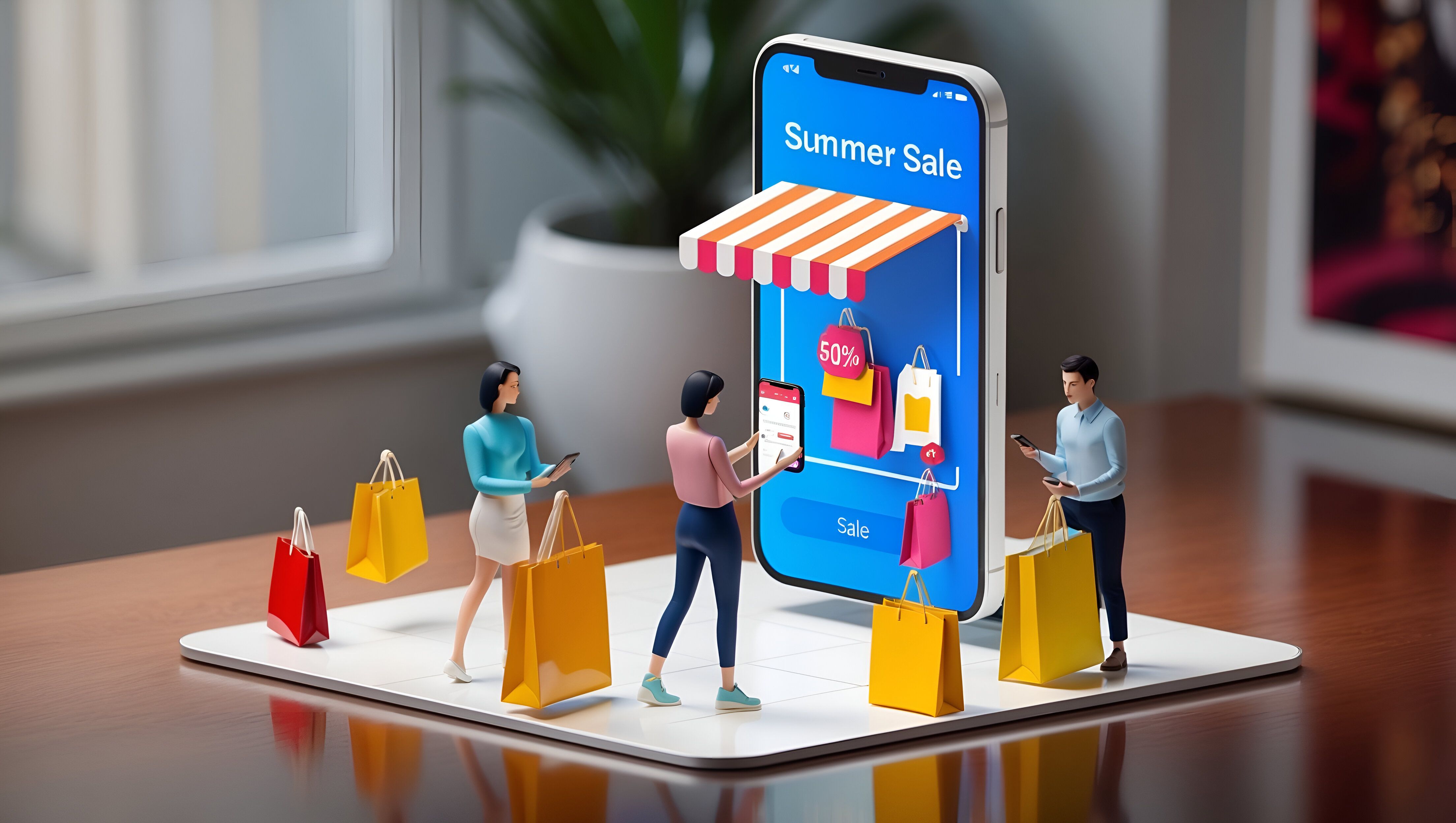
When it comes to driving sales, apps often outperform websites. Let’s compare:
Metric | Shopping Apps | E-Commerce Sites |
Monthly User Time | ~200 min | ~10 min |
Product Views | 4.2x higher | Baseline |
Conversion Rate | 3x higher | Lower |
Loyalty & Retention | Strong, app icon visible daily | Weaker, no constant reminder |
Why apps convert better:
- Saved payment info: No typing required, reducing cart abandonment.
- Personalised suggestions: AI recommendations based on browsing history.
- Push notifications: Remind users of abandoned carts or new offers.
For Indian businesses, this means investing in a shopping app can pay off if your goal is repeat sales and loyalty.
Cost Considerations: Apps vs Sites
Building and maintaining a shopping platform requires money. Here’s how costs differ:
E-Commerce Sites:
- Cheaper to build and maintain.
- One website works on all devices.
- Ideal for small businesses or startups in India.
Shopping Apps:
- Higher development cost: separate builds for iOS and Android.
- Need constant updates and bug fixes.
- Marketing cost higher to encourage app downloads.
Semantic snippet:
- Shopping app vs e-commerce site: apps cost more to develop but drive loyalty; websites are cheaper and accessible to casual shoppers.
Accessibility and Scalability
Accessibility:
- Sites: Use any device, including desktops or tablets. Perfect for first-time buyers and casual users.
- Apps: Limited by device storage and downloads, typically installed by engaged users.
Scalability:
- Sites: Easily scale product catalogues and reach new markets. Open-source platforms like WooCommerce or Shopify make it simple for Indian businesses.
- Apps: Scale possible, but require updates, testing, and ongoing marketing.
Shopping App Comparisons: What Works Best in India?
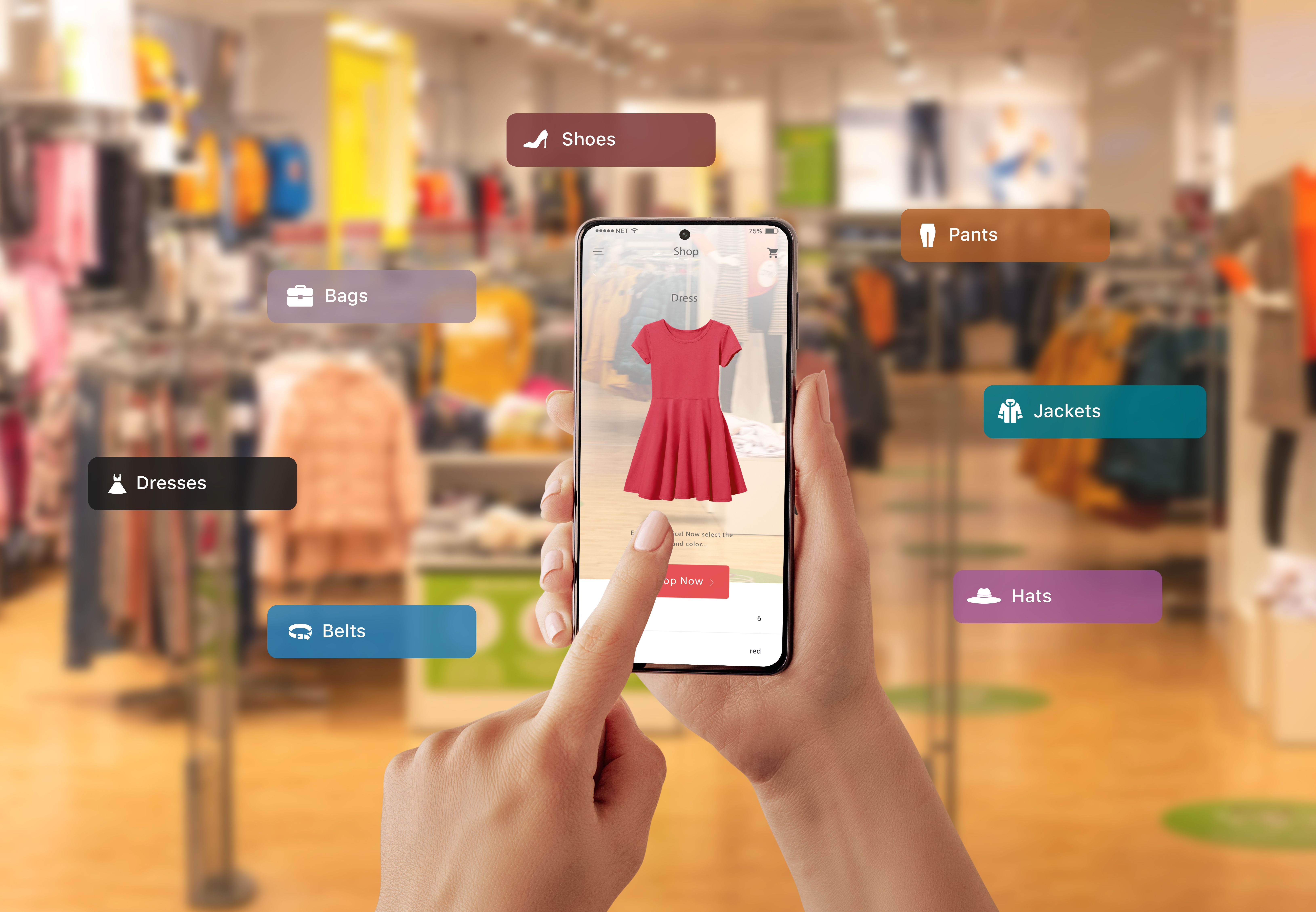
Here’s a quick breakdown of the best shopping apps for clothes and lifestyle products:
App | Strengths | Best For |
Myntra | Fashion variety, app-only deals, easy returns | Trendy fashion shoppers |
Flipkart | Wide product range, affordability | Casual shoppers and electronics buyers |
Ajio | Curated collections, ethnic & fusion wear | Young fashion-conscious users |
Amazon Fashion | Reliable delivery, Prime perks | Convenience-focused shoppers |
Safe shopping apps in India are a must. Look for secure payment gateways, clear return policies, and strong customer support. Trusted apps reduce risk and improve the online shopping experience.
Did you know? In 2025, around 2.77 billion people worldwide are shopping online, making up roughly 34% of the global population, with e-commerce sales projected to hit $6.86 trillion this year.
When to Use Apps vs Sites
Use Case | Choose Shopping App | Choose E-Commerce Site |
Frequent, repeat shopping | ✔ | ❌ |
First-time buyer | ❌ | ✔ |
Personalized recommendations | ✔ | ❌ |
Casual browsing | ❌ | ✔ |
Access from multiple devices | ❌ | ✔ |
Quick checkout & saved payment | ✔ | ❌ |
Apps are excellent for retention and engagement, while websites are essential for reach and making a good first impression. Did you know? There are over 28 million e-commerce websites worldwide.
Tips for Shoppers
- Combine both platforms: Browse on the website and checkout on the app if it’s available.
- Stick to trusted apps and sites: Amazon, Flipkart, Myntra, Ajio.
- Look for app-only offers: Many Indian brands provide special discounts on apps.
- Check safe payment options: UPI, net banking, wallets, and COD.
- Use regional language options: Enhances ease and comfort while shopping.
Common Myths About Shopping Apps vs E-Commerce Sites
- Myth: Apps are only for tech-savvy users.
Fact: Modern apps in India are simple and often available in regional languages. - Myth: E-commerce sites are outdated.
Fact: Sites remain critical for casual users, desktops, and initial discovery. - Myth: Apps are too heavy for phones.
Fact: Most Indian apps are optimised for low storage and work offline for browsing.
Conclusion
- Shopping apps are best if you want personalised experiences, frequent updates, loyalty perks, and fast checkout. Ideal for fashion shoppers and regular online buyers in India.
- E-commerce sites are best for casual shopping, first-time buyers, and users accessing multiple devices. They are cheaper and flexible.
- Smart approach: Use both. Websites attract new users, while apps help retain them and drive repeat purchases.
Understanding this difference ensures smarter, safer, and more convenient shopping. However, if you’re still confused about what you should choose? Glance AI app is the answer for you. It isn’t a shopping platform but acts as a styling and discovery companion that enhances the online shopping experience.
FAQs Related to Shopping Apps vs E-Commerce Sites
1. What is the main difference between shopping apps and e-commerce sites?
Shopping apps offer personalised, app-specific experiences with push notifications and saved preferences, while e-commerce sites are accessible via browsers, ideal for first-time visitors and casual browsing.
2. Which is better for frequent shoppers: apps or e-commerce sites?
Shopping apps are better for repeat buyers due to personalised recommendations, faster checkouts, and loyalty incentives, whereas e-commerce sites are suited for occasional or one-time purchases.
3. Are shopping apps safer than e-commerce sites?
Both can be secure if using trusted platforms, but apps often provide extra security features like saved payment encryption, login verification, and controlled permissions.
4. Can I access an e-commerce site without downloading anything?
Yes, e-commerce sites are accessible via any browser on desktop or mobile, whereas shopping apps require installation and may occupy device storage.
5. How do shopping apps vs e-commerce sites affect purchase decisions?
Apps encourage engagement and higher conversion with personalised suggestions, while websites allow comparison and casual browsing, ideal for discovering products across multiple brands.


